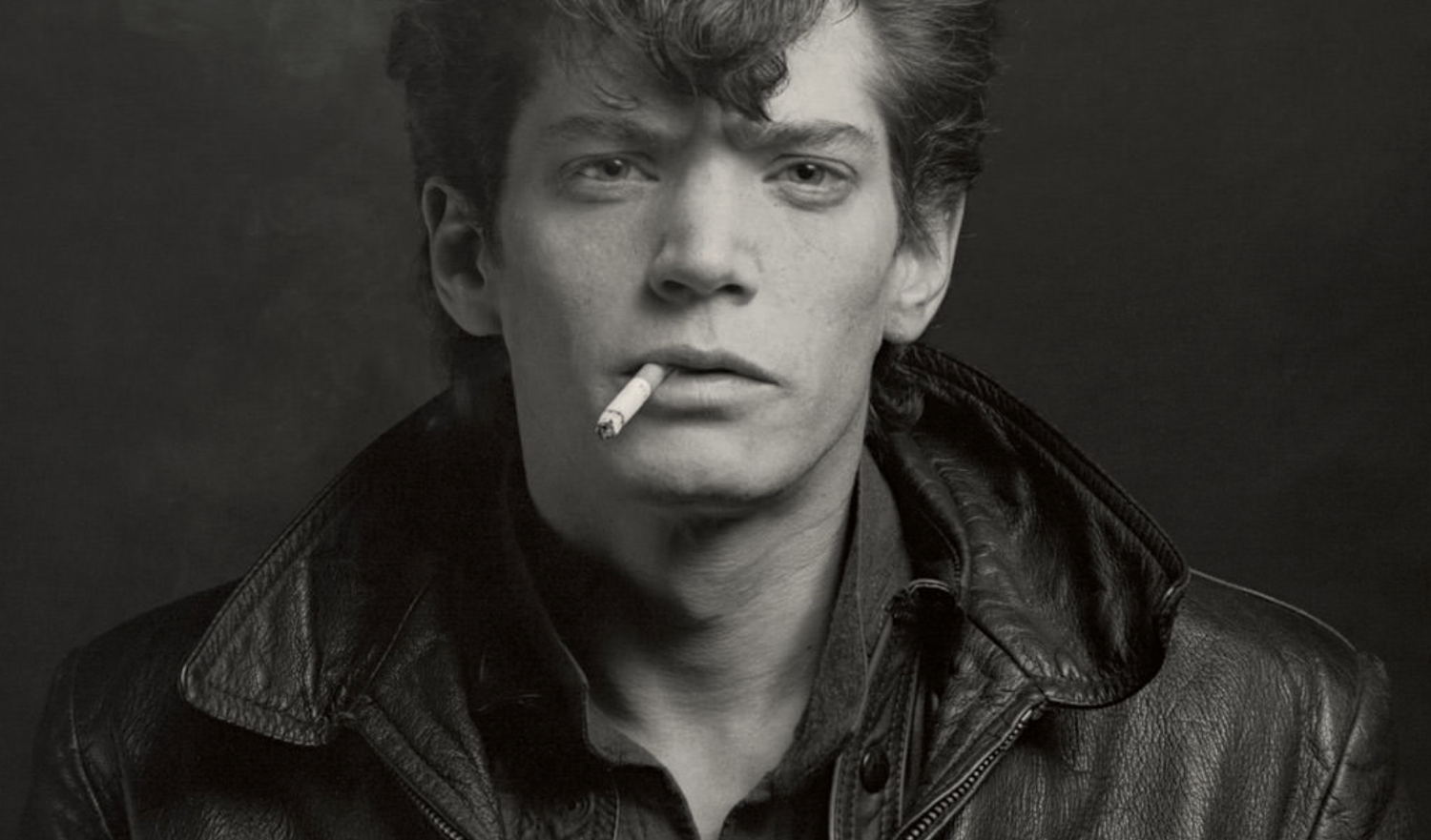Score: A
Director: Fenton Bailey, Randy Barbato
Starring: Robert Mapplethorpe
Running Time: 105 Minutes
Rated: NR
Mapplethorpe: Look at the Pictures is an enchanting look at an incredibly successful artist whose controversies both propelled and overshadowed his work. Directors Fenton Bailey and Randy Barbato, in a documentary that is set to premiere on HBO, handle the late Robert Mapplethorpe's story with care by painting a picture of a man both desperate for success and sure in his artistic vision.
Robert Mapplethorpe, though a contemporary of Andy Warhol, isn’t exactly a household name like Andy. However, his contributions to photography as a legitimate art medium make him a mandatory figure in most art history classes. Chances are if you do know the name Mapplethorpe, you know his sexually explicit images, like the self-portrait of the artist with a whip up his butthole (Self-Portrait (With Whip)) or the one of the man in a suit with his penis hanging out (Man in Polyester Suit). Though these photographs are only a small section of what the artist produced, they’re certainly the most controversial – and as the film explains, that’s exactly what Mapplethorpe wanted.
The filmmakers don’t shy away from portraying Mapplethorpe with genius and faults. As his friends and family attest to, he was always an ambitious man who knew he wanted to be famous, make money, and be adored. He was also incredibly good-looking and used that charm to get ahead. In an audio recording, Mapplethorpe can be heard telling the interviewer, “People are made to be used and we are made to be used by people. That’s what I think life is all about.”
As a young man in the late 60s and 70s, he was not ashamed to use his good looks to get ahead and sleep with important, rich people. His teachers and college classmates acknowledged that he did strange things like own a monkey and dress in capes to attract attention. He knew weirdness and doing things no one had done before would lead to people talking and he took full advantage of the sexually open culture of the time.
Mapplethorpe: Look at the Pictures explores Mapplethorpe’s life and work as nearly inseparable entities. In that respect, his celebrity and personality were just as important to his fame as his work. Most importantly, Mapplethorpe clearly understood that to cultivate a successful career as an artist, he had to cultivate himself as a celebrity. Once he gained some fame, he did commercials, private commissions, porn photography, everything he could. Even after he found out he had AIDS, the demand for his work skyrocketed and he took full advantage, working until he could no longer get out of bed. This approach to his image as artist and celebrity seems ahead of his time in our current world of Kardashians and personal brands.
Since Mapplethorpe died from AIDS at 42, the filmmakers must rely on the people from his life to relay his story as well as a few audio recordings and television interviews he gave. It’s all skillfully handled with interviewees situated comfortably in their homes. The introduction of each is done through the lens of an old camera like the one Mapplethorpe used, giving the film an intimate visual device that connects the audience-as-photographer to the photographer being discussed.
I appreciated that Mapplethorpe: Look at the Pictures acknowledges the artist’s accomplishments as well as his vices. It’s an indication that we’re getting the full picture, the good with the bad. At the same time, the documentary pleads us to ‘look at the pictures’ and see that Robert Mapplethorpe, above all else, was an incredible photographer lost too soon.

